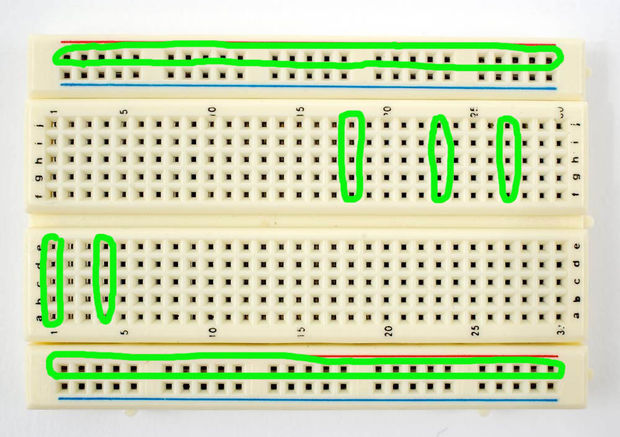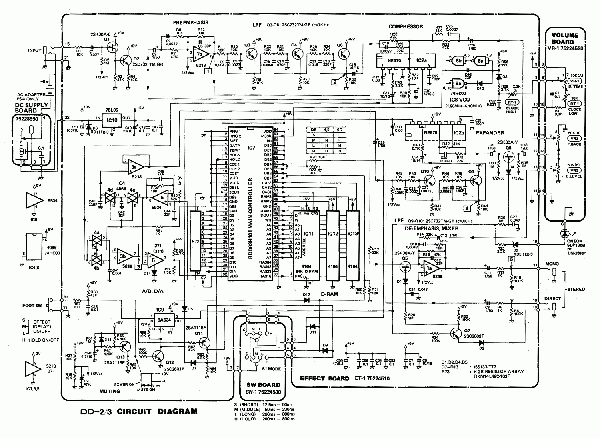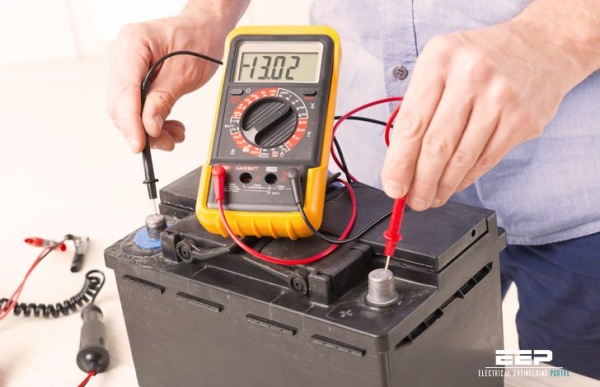Debugging electronics
Testing
As a test circuit we will build our own continuity tester, using the 555 timer IC

555 Timer operation in ASTABLE mode
The astable mode is what most people think of when it comes to the 555 timer. Many times when you see a project with flashing LEDs, it’s a 555 timer at work. But it has a lot of other interesting applications too. For example, it can also generate frequencies to produce sound when the output is connected to a speaker.
Pin 2 – Trigger: Turns on the output when the voltage supplied to it drops below 1/3 of Vcc
Pin 6 – Threshold: Turns off the output when the voltage supplied to it reaches above 2/3 Vcc.
Pin 7 – Discharge: When the output voltage is low, it discharges C1 to ground.
In astable mode, the output cycles on and off continuously. In the schematic above, notice that the threshold pin and the trigger pin are connected to C1. This makes the voltage the same at the trigger pin, threshold pin, and C1.
Case 1—if there is a break in circuit
If this case arises then that means there is infinite resistance (open circuit) between pin 2 and ground (no continuity between probes) which causes all voltage drop between pin 2 and ground which is obviously greater than 1/3 of 9 volt, so we get 0 volt as output from pin 3 at which buzzer Hence buzzer will produce no sound indicating a break in circuit.
Case2—if there is no break in circuit
If this case arises then that means there is almost 0 volts (short circuit) between pin 2 and ground (there is continuity between probes) which causes all voltage drop across 4.7k resistor and thus pin 2 gets 0 volts which is obviously less than 1/3 of 9 volt, so we get 1 volt as output from pin 3 at which buzzer is connected. Hence buzzer will produce sound indicating continuity in circuit.
Always check first
- do you understand the schematic (or image)
- power
- connections (soldered or breadboarded) If any dry soldering, solder bridges, any potential shorting or open PCB track issues are there?
- polarities. If any component is connect in reverse polarity, pin one of Microcontroller is soldered to pin one of the microcontroller PCB pad, etc.
- If all components are of desired value?
Understanding schematics
We will watch a short lynda video (which you can easily go back to with your student account)
a good guide in reading chematics
Breadboarding and breadboard debugging
OK, first, what's with the name....bread board? Bread, like in food?
Well yes, kind of.
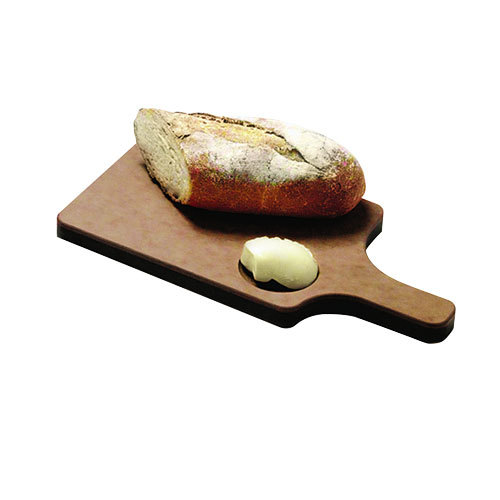
This terminology goes way back in the days.
Generally, you would mount electronic components to a piece of wood (the actual "breadboard"), and do all the wiring with point-point wire and the components just hanging between the various devices.
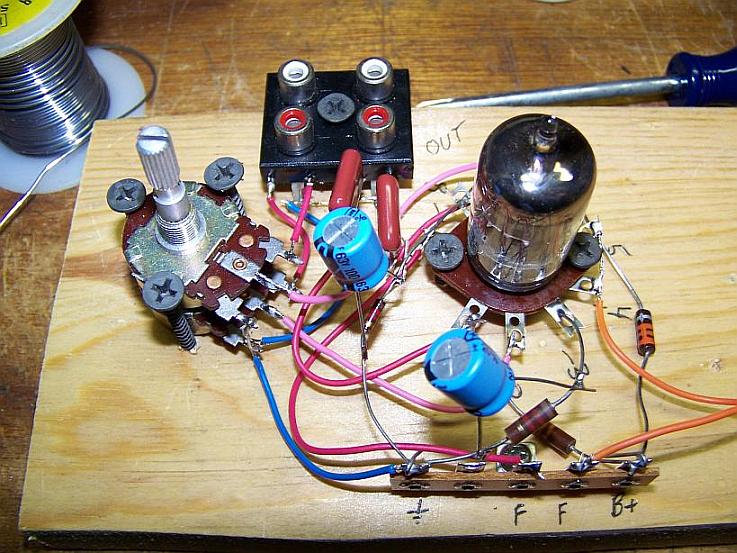
The story goes that an engineer had an idea for a vacuum tube device late one night. Looking around the house, the only base for his prototype that he found was indeed his wife's breadboard, from the breadbox.
A video by the Make magazine people
Ok, but why do we need to breadboard?
Well, they are useful for making temporary circuits and prototyping, and they require absolutely no soldering.
Prototyping is the process of testing out an idea by creating a preliminary model from which other forms are developed or copied, and it is one of the most common uses for breadboards.
The best way to explain how a breadboard works is to take it apart and see what’s inside.
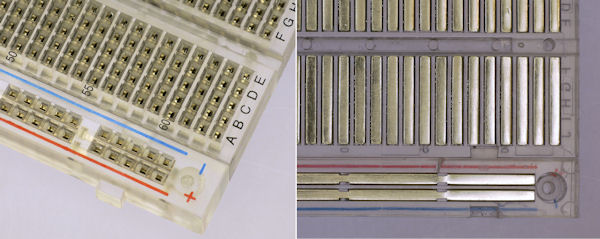
connections lines are connected like this
